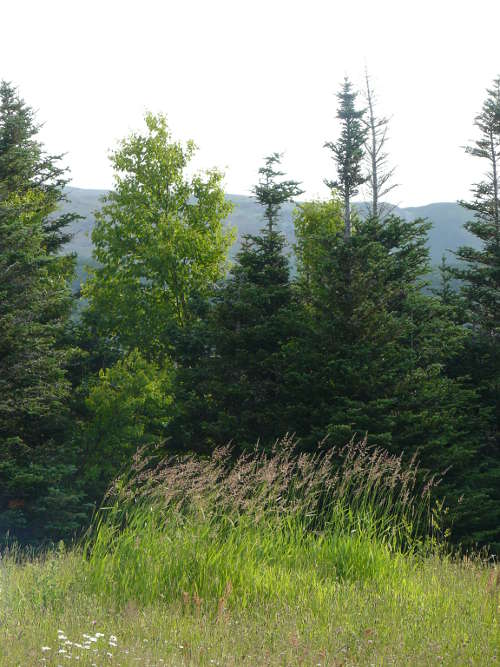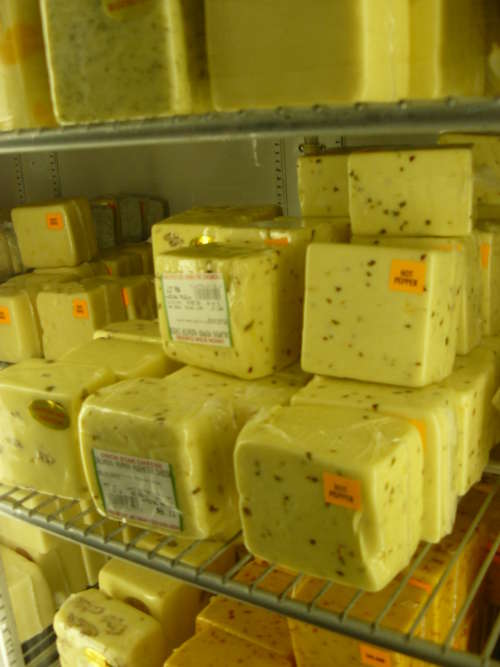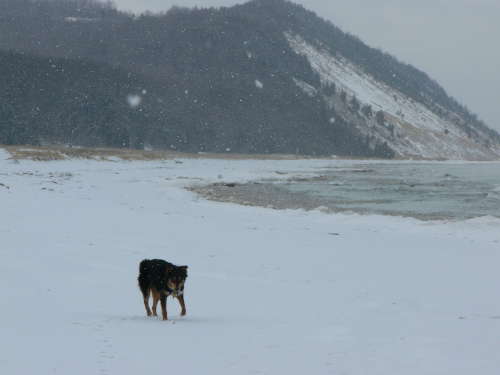 Location Taken: Gros Morne National Park, Newfoundland, Canada
Location Taken: Gros Morne National Park, Newfoundland, Canada
Time Taken: July 2012
I tried millet today.
It’s a small yellow grain, nice and round. Tastes something like quinoa, but without the bitter overtones that make me not care for that trendy grain. I picked up a small amount of it, less than a dollar’s worth, from the bulk food section at the grocery store. And I tossed a bit of it in with the rice I cooked up for dinner, for added flavor and texture. It provided both quite nicely, and is really quite cheap, so I think I shall continue doing so for future meals.
Millet is usually known as peasant food, low grade but nutritious. It grows rather easily in poor soil, especially in the drier conditions found in some of the poorest areas of the world. It is a popular crop in much of the area of Africa just below the Sahara desert, for instance. It was also a very important crop a long time ago, as civilization was first getting started. The large seeds of modern wheat and rice hadn’t been breed into those species yet, and the wider range of places millet can grow made it a valuable crop under more primitive agricultural rules. But, as farming became more established and crop lines were developed, millet fell by the wayside in developed countries with good food transportation systems. There is little need to eat millet when tastier rice is available, after all.
Well, unless you’re like me and like expanding out your diet to include as many interesting fruits, vegetables, and grains as possible.
These days, in the US, millet is primarily used for bird seed, along with a host of other grains that likewise fell to the wayside under the might of wheat and rice. That’s where I first encountered it, when putting out seed for the birds as a little kid.
…I may have also tried the seed then too. And found it actually rather tasty…




